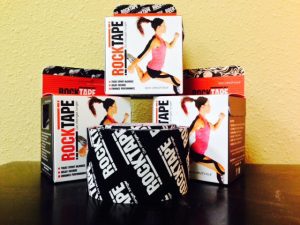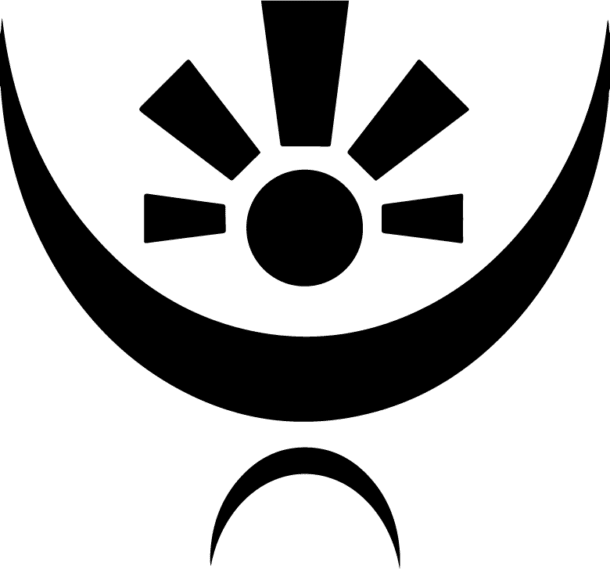By Amy Moll L.Ac. and Megan Lyons, CHHC 
I have noticed a distinct trend as to when patients start trickling into my office for the treatment of plantar fasciitis* – it’s always around spring or fall. I think there are several reasons for this:
- People are switching footwear – going from Uggs to flip flops or high heels (and other shoes with poor support for the sake of fashion), or vice versa.
- People start running more.
- People are transitioning over to minimalist shoes such as Vibrams, New Balance Minimus, or Merrell Barefoot for weightlifting, walking, and running. This transition process can be tricky. You aren’t breaking in your shoes as much as you are “breaking in” your feet to a different way of functioning, and it takes way more than a few weeks to do that. Many excited overzealous folk try to do too much too soon, and end up with plantar fasciitis, achilles tendinitis, or other pain syndromes.
As an acupuncturist, I love treating plantar fasciitis because of the immediate feedback I get from patients. I’ve had the same scenario play out many times. A patient comes in with pain on the bottom of their foot, and an hour later they get off the table, give me a quizzical look and say “should I already be feeling better? Because I do.” That’s when I smile sweetly and say “yes, but please don’t go out for a 6 mile jog just yet.”
People do get immediate results, however, regular treatments for 2-3 months are necessary to truly allow the body to heal. We can’t avoid using our feet. Often people feel better, then they get worse again after a long day of standing and walking, and there is an up and down bumpy road to recovery. I use a lot of different tools and techniques in the treatment of plantar fasciitis that are very effective. Before I dive into those, I want to explain a little about the fascia.
What is fascia?
Fascia, also called connective tissue, is a layer of tissue that surrounds our muscles almost like cling-wrap. When we injure an area, it causes the fascia to “bunch up” and “stick” to the muscles, rather than glide smoothly along the muscle, much like skiing with no wax on your skis – painful. There is a lot of recent research analyzing the amount of nerve endings in the fascia and what they are discovering is that fascia can transmit 10 times the information, including pain signals, to the brain than muscle. This means that when the fascia is injured, or not moving freely, the nerves are sending pain signals to the brain. This is where acupuncture comes in.
My natural medicine tool bag
Acupuncture has been shown via functional MRI imaging research to alter the tension within the fascia. When a needle is inserted in the body and then twisted, it wraps around the fascia effectively “winding” it up. When the needle is removed, the tissue unwinds, and goes back to a relaxed and more mobile state. Acupuncture has a huge impact on improving fascial movement. In addition to acupuncture, there are three adjunctive therapies I love to use:
- Myofascial release is a type of massage that works specifically on freeing up the fascia.
- Gua sha is a technique used in Oriental medicine to help break up scar tissue and adhesions that form within muscles and connective tissue. If your foot feels “crunchy” when you massage the bottom of it, you could benefit from some gua sha!
- Kinesio tape is a special type of tape that I apply to the bottom of the foot to help relieve pain in plantar fasciitis. It usually lasts 2-3 days before needing to reapply.
A frequent question…
“So, if my foot hurts, why are you sticking a needle in my neck?” The plantar fascia is part of a long, completely connected sheet of connective tissue that runs from the bottom of the feet, up the back of the legs, all the way up the back, and wraps around the head to attach in the front of the skull. It’s referred to as the Superficial Back Line. Imagine the back side of your body is the top of a mattress and this sheet of connective tissue is like a fitted bed sheet. If you grab a corner of that sheet and twist and bunch it up, it’s going to put tension on all three other corners and everything in-between. Acupuncture points along the back of the legs, on the back, and the neck, help to relieve tension in all areas of the “bed sheet” including the one corresponding to the bottom of your hurting foot. I always like to make the disclaimer that there are many, many ways to explain how acupuncture works, this is just one simple analogy appropriate for the current topic.
Thoughts from a running coach
Because plantar fasciitis is a common runners’ injury, I invited my friend Megan Lyons (a Certified Holistic Health Coach and Running Coach at The Lyons’ Share Wellness) to contribute a few thoughts on the topic. Here she is!
As a long-time runner, I’ve been fortunate to avoid injury for the most part. I dealt with the classic IT band syndrome a few years after running, which led to a tight piriformis, and I have aches and pains that pop up occasionally, but nothing too debilitating. So, this year, when I developed plantar fasciitis, I was bummed, to say the least. Of course, hindsight is 20/20, but here are a few tips from my coaching experience that may help you avoid plantar fasciitis:
- Always increase your training gradually. Common guidance suggests increasing weekly mileage by a maximum of 10% per week, but a safe amount can vary slightly by person. If you are just starting to run, take it slow to prevent injury, and seek the guidance of a running coach to ensure you build up your mileage safely.
- Get fitted for proper running shoes. The structure and support level of your running shoes can dramatically reduce (or increase) or risk of injury. I highly recommend getting fitted at a running store that will watch your running stride and fit you for appropriate shoes.
- Stretch your calves regularly. Even before you show symptoms of injury, stretching your calves after a run is a great idea. Runners often develop tight calves, which can lead to a variety of injuries down the road. Runners should be stretching both the gastrocnemius and the soleus, and I recommend a combination of simple stretches (like these two) and foam rolling for the calves (see the benefits of foam rolling here).
- Increase the flexibility of your plantar fascia. Regularly rolling your foot over a lacrosse ball, golf ball, or frozen water bottle is helpful in keeping your plantar fascia healthy and supple.
- Work on a mid-foot strike. Heel-striking runners are more likely to develop plantar fasciitis (and other injuries), so try to land each stride mid-foot, between the heel and the toes. A running coach can help monitor your stride, and there are several YouTube videos available to demonstrate a proper mid-foot strike.
To learn more about how acupuncture and the other modalities discussed above, feel free to e-mail me at amymoll@hraclinics.com, or for questions on running coaching or health coaching, email Megan at megan@thelyonsshare.org.
*I was disappointed to note that acupuncture was not listed in the “treatment” paragraph for plantar fasciitis on Wikipedia. Perhaps in my free time (1-2 a.m.?) I can work on updating the medical sections of Wikipedia…


